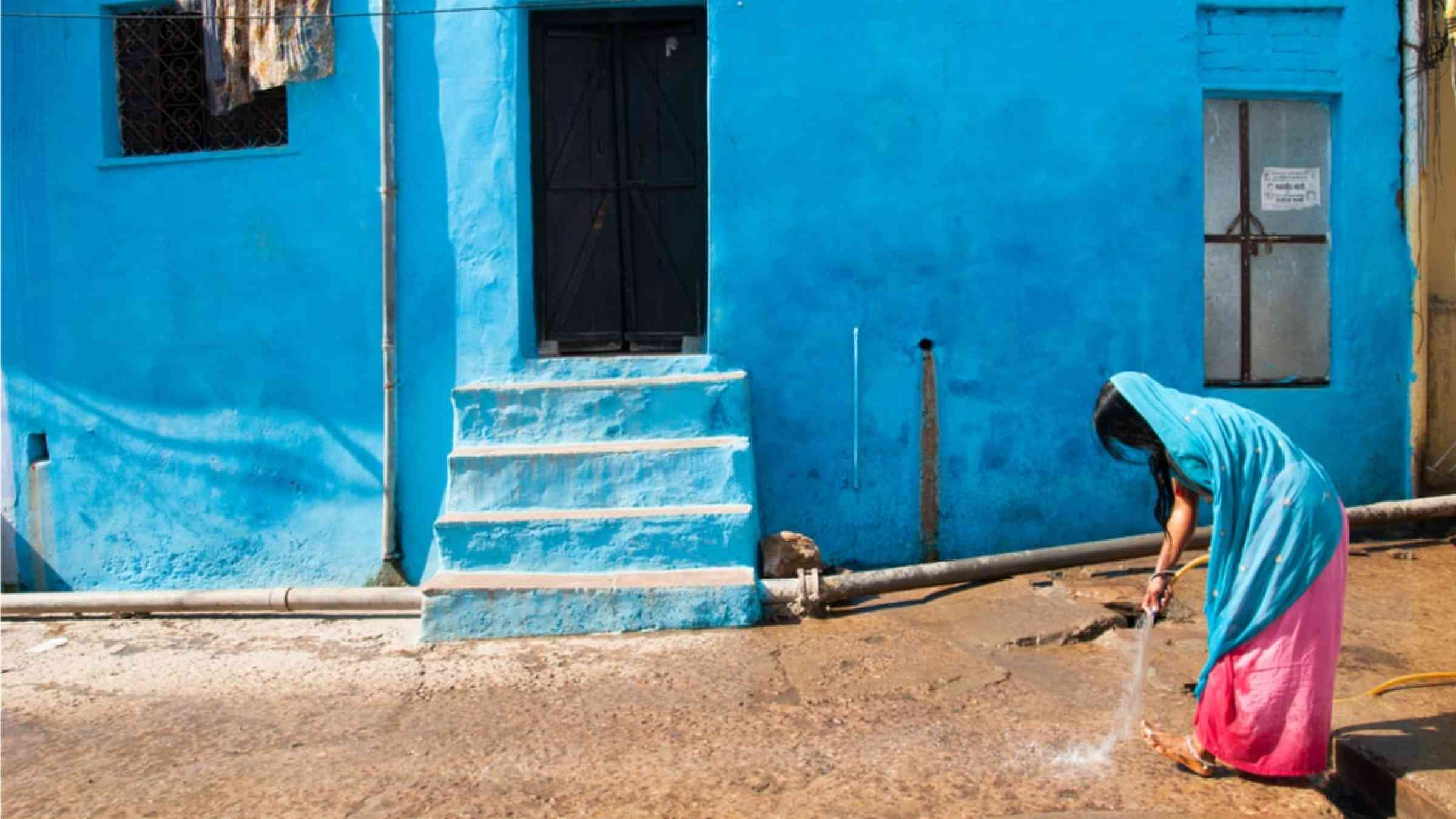Heat waves in India set to intensify, says climate scientist

After its hottest February since 1901, the India Meteorological Department has issued an early heat wave warning and forecasts for higher-than-normal temperatures between March and May.
Reports from the Intergovernmental Panel on Climate Change share compelling evidence that with every degree of additional warming to the world's climate, the frequency and intensity of heat waves are projected to get worse in future.
Kieran Hunt, a climate scientist at the National Center for Atmospheric Science and the University of Reading, explains how El Niño and climate change are bringing soaring temperatures to India.
"Heat waves are periods of abnormally hot weather, usually lasting several days. They pose a danger to life, disrupt infrastructure and travel, and can significantly affect employment and crop output in the agriculture sector of countries like India. The global rise in temperatures, from human-induced climate change, means that heat waves are occurring against a warmer background and so are more frequent and more extreme.
"The average temperature at the Earth's surface has risen by about 1°C since the pre-industrial period, which is a rate unprecedented in the history of human civilization. And while that temperature change may not seem rapid, it has meant 17 of the 18 warmest years on record have occurred in the 21st century.
"Heat waves need dry and clear conditions for them to prevail. Hot, dry air comes to India from the Middle East and combines with extra solar heating from the lack of clouds, leading to conditions that are apt for heat waves. In the last few months, there has been a lack of winter storms in that part of the world—known as western disturbances—that would normally disturb any growing warm spells.
"The last three years have been dominated by La Niña, a global weather phenomenon that sees cooling of the sea surface in the Pacific Ocean with knock-on effects for worldwide circulation of air and weather. In 2023, El Niño is set to return, bringing with it contrasting conditions. With persistent warming of the sea surface in the equatorial Pacific region, El Niño impacts India by causing reduced cloud cover and below-normal rains, often leading to drought and severe heat waves, followed by a disrupted monsoon season. The highest temperature ever recorded in India was 51°C, which occurred during the strong 2016 El Niño.
"People in India suffered devastating heat waves between March and April in 2022, with temperatures soaring 8°C higher than the average for that time of year. The country experienced five times the number of heat wave days in the early summer of 2022 than it did during the same season of 2021. It's not known what the severity and magnitude of heat waves in India will be during 2023, but the warning signs are here.
"These heat waves shorten the spring crop season. If crop output decreases, the profit margin will decrease, leading to fewer people being employed on the fields. Labor productivity is the worst impacted during heat waves, especially as India is the country most affected by heat stress. This is why heat waves also put additional pressure on the global food market, given India is one of the world's biggest producers of wheat."